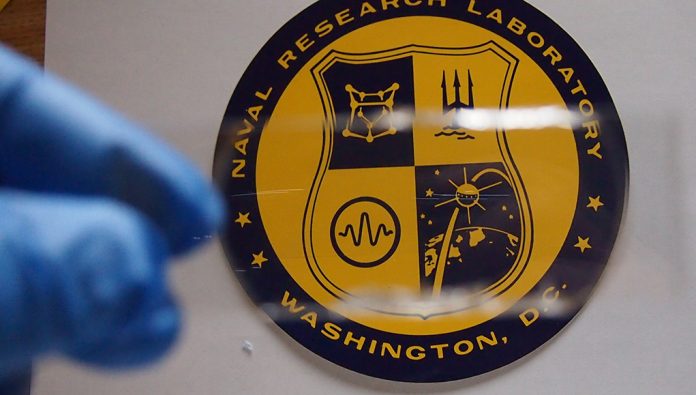
Research chemists at U.S. Naval Research Laboratory (NRL) have developed and patented a transparent thermoplastic elastomer armor that will be lighter, and more resistant. It will also be repaired in the field, using tools similar to pressing irons.
Conventional transparent armor consists of multiple layers of glass and polyethylene, that results in thick, heavy panels to achieve desired levels of protection. The use of soft material also causes the bulletproof glass to degrade in transparency over time. Also, when bullets hit the window, they shatter the surface, causing significant damage that limits transparency and multi-hit resistance. The new material will be able to apply over a thinner armored glass, resulting in lighter, yet more durable transparent armor. The protective function of the coating is believed to arise from an impact-induced phase transition with consequent large energy absorption.
Thermoplastic elastomers are soft, rubbery polymers converted by physical means, rather than a chemical process, to a solid. Consequently, the solidification is reversible and enables damaged armor surfaces to be repaired in the field.
“Heating the material above the softening point, around 100 degrees Celsius, melts the small crystallites, enabling the fracture surfaces to meld together and reform via diffusion,” said Dr. Mike Roland, senior scientist, NRL Soft Matter Physics. “This can be accomplished with a hot plate, akin to iron, that molds the newly forming surface into a smooth, flat sheet with negligible effect on integrity.”
Up to now, NRL scientists have tested the use of polymeric materials as a coating to achieve improved impact resistance of hard substrates. Applying polyurea and polyisobutylene layers enhance the ballistic performance of armor and helmets and achieve greater ballistic effectiveness and mitigation of blast waves.
By using a variation of employing thermoplastic elastomers, NRL scientists can recreate superior ballistic properties of polyurea and polyisobutylene coatings, with the added benefit of the material being transparent, lighter than conventional bullet-resistant glass, and repairable.
“Because of the dissipative properties of the elastomer, the damage due to a projectile strike is limited to the impact locus. This means that the effect on visibility is almost inconsequential, and multi-hit protection is achieved,” Roland said.



















